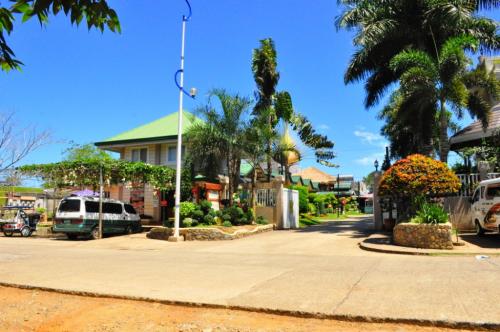
Sadly however, with the denudatation of the surrounding forests much of the beauty that Lake Sebu was 15 or so years ago when I first visited the place has vanished. Still there is something to offer for someone adventurous enough to venture into its remote areas. Situated almost 3000 feet above sea level, the climate is cool and the air is still fresh. Occassionally, one can still see T'boli women wearing their traditional attire. The traditional weaving of the t'nalak (fabric made of abaca fiber)is still around. But what makes people still go and visit Lake Sebu is the flavor of the fresh tilapia, caught from the lake to the grill, the taste is almost heavenly.
Lake Sebu is politically subdivided into 19 barangays.
* Bacdulong
* Denlag
* Halilan
* Hanoon
* Klubi
* Lake Lahit
* Lamcade
* Lamdalag
* Lamfugon
* Lamlahak
* Lower Maculan
* Luhib
* Ned
* Poblacion
* Siluton
* Talisay
* Takunel
* Upper Maculan
* Tasiman
Economy
The economy is based on aquaculture of Tilapia grown in large fish cages floating in the lake. More than one half of the land around the lake is cultivated for agriculture. The Philippine government is also trying to promote ecotourism in the area. The finishing of a concrete road cut the travel time from 4 hours to less than 30 minutes greatly improving trade and commerce.
People
The lake's shores and the surrounding rainforest are home to the indigenous T'bolis, Tirurays, Ubos and Manobos. One of the major tribes, the T'bolis are known for their weaving skills and brassware production as well as fishing skills. The rest of the population are made of Ilonggos, Bicolanos and Ilocanos.
Geography
The placid lake of Lake Sebu can be found in Alah Valley near the municipality of Surallah, South Cotabato. Surrounded by rolling hills and mountains covered with thick rain forest. The total area of the lake is 891.38 km², with an elevation of approximately 1000 m.
HOW TO GET THERE
With the concreting of the road leading up to Lake Sebu, it is now very easy to visit the place. Gone were those days when it took almost four hours over dirt roads and rivers that overflow during the rainy season, now it's less than 30 minutes.
From the capital city of Koronadal, one passes thru the towns of Banga and Surallah. Just a little farther from the poblacion of Surallah is a junction to the left going to the town of T'boli and a little farther is another junction to the left going to Lake Sebu.
Source: